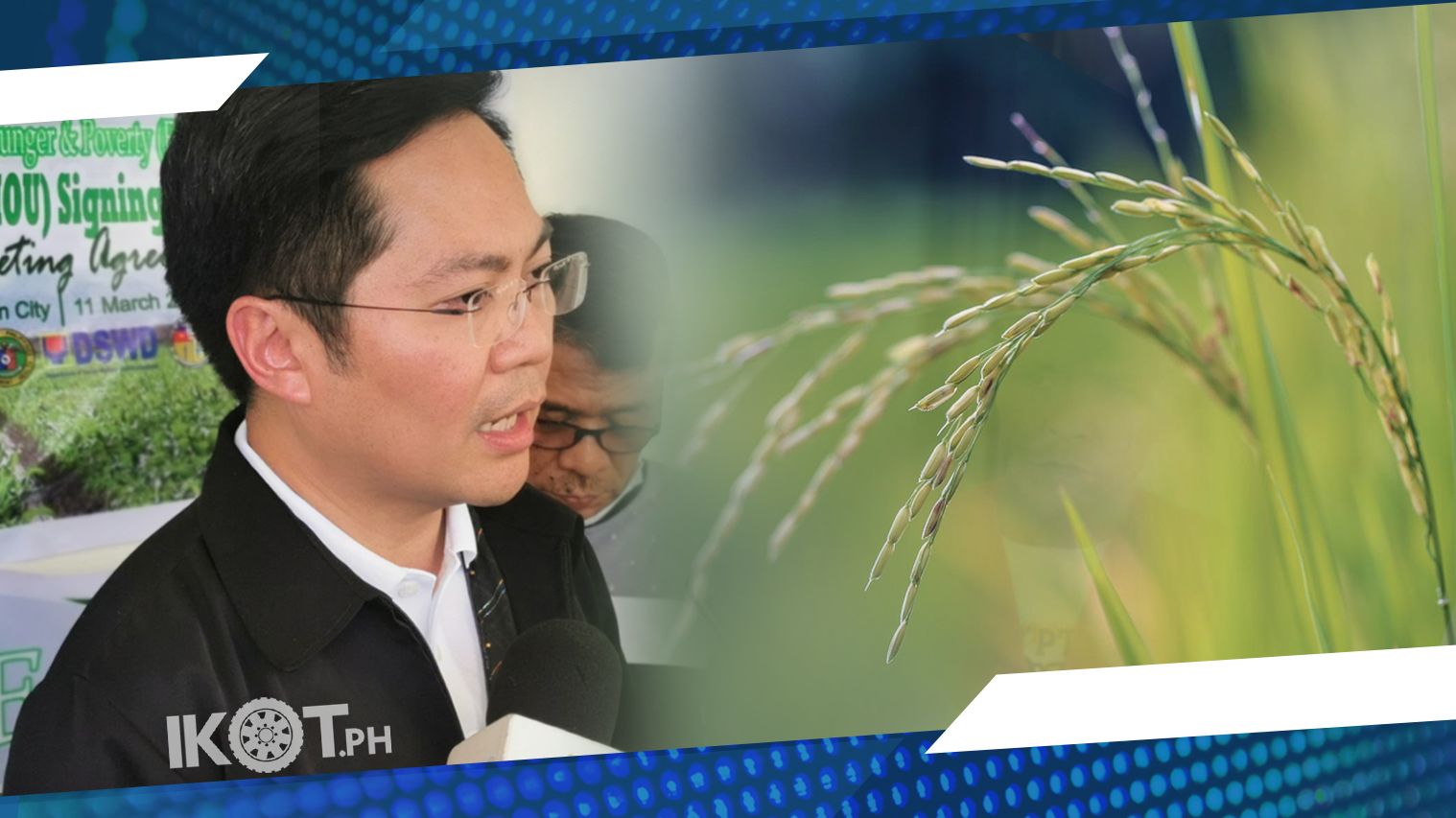Cabinet Secretary Karlo Nograles led a series of Virtual Orientation and Consultation Workshops meant to finalize the Joint Memorandum Circular of the Enhanced Partnership Against Hunger and Poverty (EPAHP) last August 25, 2020.
Nograles, chair of the Task Force on Zero Hunger, thanked the EPAHP National Program Management Office (NPMO) led by Director Resty Macuto and members of the National Convergence Team (NCT) for their swift coordination in organizing the activity.
“The warm and encouraging response of our partner agencies at the regional level will hasten the implementation of the EPAHP Joint Memorandum Circular which in turn will facilitate the rollout of programs at ground level. We thank the regional focal persons from various agencies belonging to Luzon, Visayas and Mindanao for their attendance,” noted the Cab Sec.
The EPAHP was formed after the success of the Partnership Against Hunger and Poverty (PAHP) program of the DAR, DSWD and DA in 2016, originally aimed at helping in farmers’ livelihood and the production of staples needed for the Supplemental Feeding Program for Residential Care Facilities.
The Malacanang official noted that they needed more agencies to participate to expand the program to what is now known as the Enhanced Partnership Against Hunger and Poverty (EPAHP), particularly with the aims of increasing productivity, maintaining nutrition and food security and combating poverty and hunger in the countryside. The current convergence program started in December 9, 2019 with the signing of a Memorandum of Understanding between 14 government agencies.
EPAHP is tied to the government’s Sustainable Development Goals, Ambisyon Natin 2040, Philippine Development Plan 2017-2022, Masusustansiyang Pagkain para sa Batang Pilipino Act, Kalusugan At Nutrisyon Ng Mag-Nanay Act, Sagip Saka Act and other directives of President Rodrigo Duterte intended to reduce poverty incidence to below 14% at the end of his term.
“Under EPAHP, we aim to partner with different agencies to provide aid and assistance to community-based organizations and farmers through direct market linkages and access to programs and funding.”
“Under EPAHP, we aim to partner with different agencies to provide aid and assistance to community-based organizations and farmers through direct market linkages and access to programs and funding. From an initial three agencies, we have now expanded to 11, including the OCS, DILG, (including the BJMP), DepEd, DOH, (including the National Nutrition Council), DOST, DTI, NAPC, NIA, TESDA , PopCom, and LANDBANK. In a Steering Committee Meeting this year, the further addition of the Philippine Coconut Authority (PCA), National Dairy Authority (NDA), Philippine Carabao Center (PCC), Development Bank of the Philippines (DBP) and Department of Information and Communication Technology (DICT) was approved,” explained the Zero Hunger Chair.
“The enhanced features of the EPAHP include: credit assistance to support food production and processing, steady markets to community-based organizations and support services from partner agencies in all regions.”
The enhanced features of the EPAHP include: credit assistance to support food production and processing, steady markets to community-based organizations and support services from partner agencies in all regions.
“EPAHP is among the banner programs of the Inter-Agency Task Force Zero Hunger, which was created under Executive Order 101. Our objective is to eradicate hunger, guarantee food security and establish sustainable agriculture by 2030,” the Malacanang official expressed.
It was decided in the EPAHP Steering Committee Meeting last July 24, 2020 that regional meets be enhanced to enable the implementing agencies to guide the local offices and committees to better implement programs. Nograles stressed this would be firmed up once the JMC is completed.
“We will expand coordination between community-based organizations through linkages between farmers and the Technology Adoptors of DOST- Food and Nutrition Research Institute (FNRI), which will produce complementary and supplementary food products for the government’s feeding programs as well as for public consumption.”

